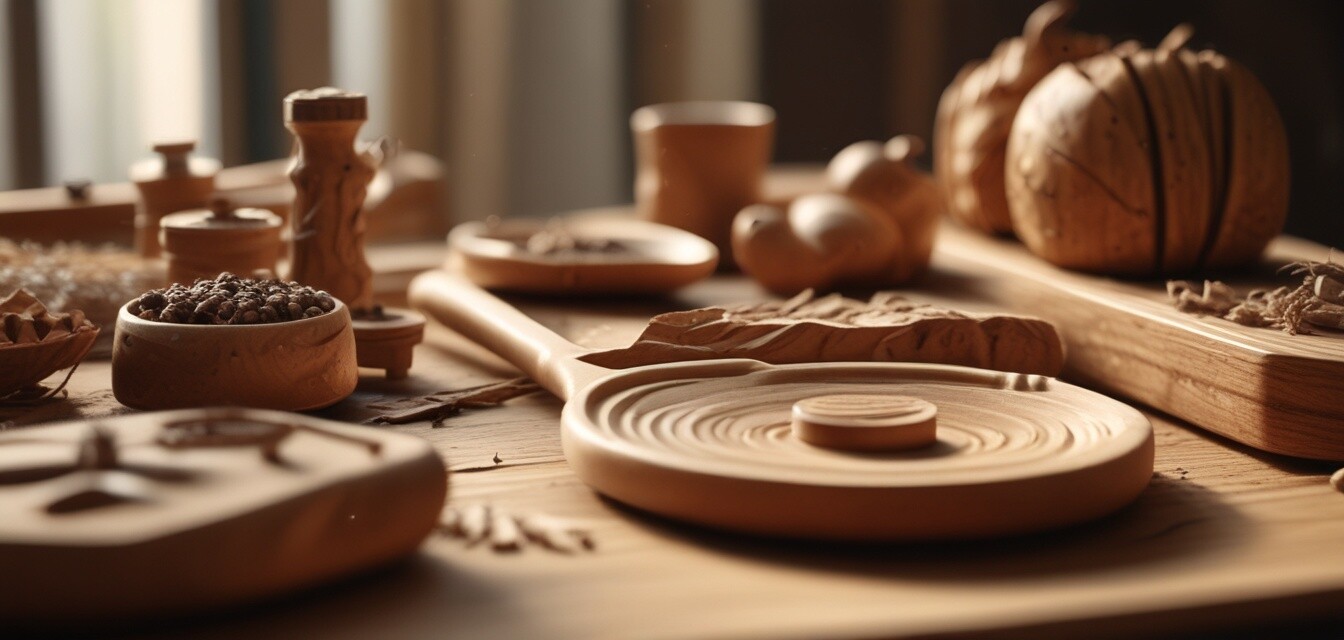
How sustainability influences consumer preferences in wooden products
Key Takeaways
- Consumer preferences are increasingly leaning towards sustainable wooden products.
- Transparency in sourcing materials is vital for building consumer trust.
- Eco-friendly certifications can significantly impact purchasing decisions.
- Handcrafted wooden items are gaining popularity for their unique character and charm.
- Collaboration between designers and environmentally responsible brands is essential to meet consumer demand.
The growing concerns surrounding environmental issues have started to influence consumer behavior significantly. As consumers become more aware of the impact their choices have on the planet, their preferences towards products, particularly wooden items, are gradually shifting. In this article, we will explore how sustainability is transforming the consumer landscape concerning wooden products.
Understanding consumer behavior towards sustainability
To comprehend how sustainability affects consumer preferences in wooden products, we first need to analyze consumer behavior. This includes understanding the factors that motivate consumers to make sustainable choices.
- Awareness and Education: With increased information available online, consumers are becoming informed about sustainable practices and eco-friendly materials.
- Ethical Responsibility: Many consumers feel a sense of obligation to protect the environment, and this drives them to purchase responsibly sourced wooden items.
- Quality Over Quantity: There's a growing trend of consumers preferring durable and high-quality products over cheaper, less sustainable options.
Impact of sustainability on wooden products
Sustainability plays a crucial role in shaping consumer preferences when it comes to wooden products. Below are some of the specific impacts:
| Impact | Description |
|---|---|
| Material Sourcing | Consumers prefer items made from responsibly sourced materials, such as reclaimed or sustainably grown wood. |
| Eco-friendly Finishes | The demand for non-toxic and eco-friendly finishes has surged, representing a conscientious choice for health and the environment. |
| Environmental Certifications | Wood products carrying eco-labels or certifications tend to attract more consumers who prioritize sustainability. |
| Handcrafted Appeal | Unique, handcrafted wooden items are favored as they often showcase sustainable practices and celebrate artisanal skills. |
Trends in sustainable wooden products
The shift towards sustainability is visible through various trends emerging in the wooden products industry. Here are some of the most prominent trends:
- Minimalist Designs: Simple and functional wooden products that emphasize nature’s beauty are increasingly popular.
- Custom Wooden Projects: Personalized and custom projects allow consumers to choose sustainable materials while creating unique items.
- Upcycled Products: Reusing old wood to create new products is both eco-friendly and trendy, resonating particularly with environmentally conscious consumers.
- Smart Technology Integration: Combining technology with traditional woodworking, such as smart furniture made from sustainable sources, enhances functionality.
The role of brands in promoting sustainability
Brands that prioritize sustainability can significantly influence consumer preferences. Here’s how they can do this:
- Transparency: Brands should provide clear information about how their wood is sourced and the sustainability practices they follow.
- Educational Marketing: Teaching consumers about the benefits of sustainable wood materials can help them make informed choices.
- Community Engagement: Involving consumers in sustainability initiatives, such as tree planting campaigns, builds a connection and fosters brand loyalty.
- Cultivating Innovation: Emphasizing research and development in sustainable practices keeps products attractive and competitive.
Pros
- Reduced environmental impact
- Increased consumer trust and loyalty
- Business differentiation through sustainability practices
- Potential for premium pricing of eco-friendly products
Cons
- Higher costs of sustainable materials
- Challenges in sourcing reliable suppliers
- Need for continual innovation to meet consumer expectations
Conclusion
The trend towards sustainability in consumer preferences for wooden products is more than just a passing phase; it reflects a deeper commitment to protecting our environment. By aligning with consumer values, brands can build lasting relationships with their audience, fostering a community that values craftsmanship along with sustainable practices. For more insights on how sustainability is shaping the wood industry, visit our News and Trends section.
As we move forward, it’s clear that understanding and adapting to these consumer preferences will be essential for any business in the wooden products market. Embrace these changes, and you'll not only meet consumer expectations but also contribute positively to our planet.